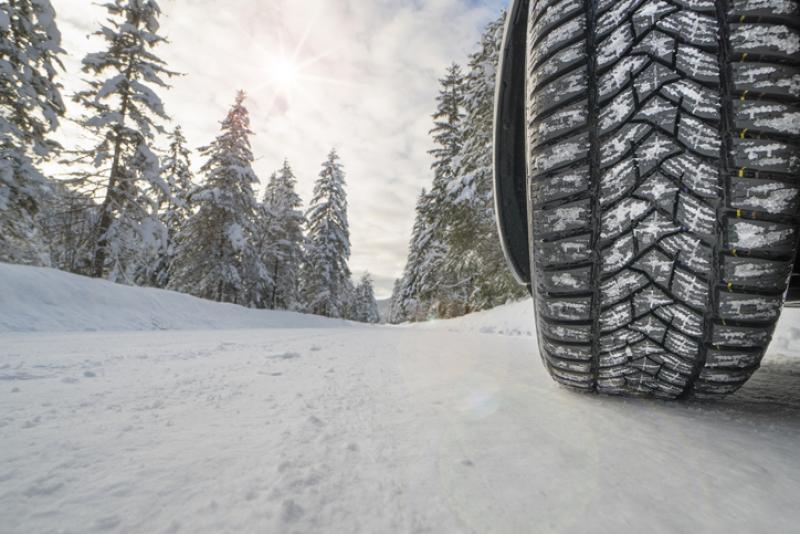
Roads can be even more hazardous in winter. The ice and snow caused by the freezing temperatures can mean drivers struggle to maintain control of their vehicles and cause accidents.
For this reason companies manufacture winter tyres, which are specifically designed to work well in this weather. We discuss what they are, when to use them, and more.
What’s the difference between winter and summer tyres?
Standard summer tyres lose their flexibility when the temperature is below seven degrees. This can lead to loss of control and accidents.
Winter tyres are made from a different rubber compound which stops them hardening in colder temperatures. This increases the grip and stability on the road, making driving much safer.
The tread grooves of winter tyres are deeper than those for summer (starting at 8-9mm instead of 7-8mm).
Winter tyres also feature a greater number of edges inside the grooves which helps to increase grip and handling on wet and icy surfaces.
When should and shouldn't I use winter tyres?
It's recommended they're used between October and March as this is when the road surface is most likely to be slippery or even icy.
It doesn’t need to be snowing for them to be effective. They work very effectively in both wet and dry conditions when the temperature is below seven degrees.
Fitting winter tyres is actually a legal requirement in certain parts of Europe such as Finland, Germany, Austria and Iceland. Drivers are expected to change their tyres to winter or summer-type depending on the time of year.
They aren’t compulsory in the UK because a lot of the country doesn’t, or rarely, experiences the conditions where winter tyres would be needed.
Winter tyres can legally be used during summer months, but lose their effectiveness significantly in temperatures above seven degrees. It can take much longer to stop when braking and there won’t be as much grip on bends.
What do winter tyres cost?
As with any tyre, the price depends on the vehicle they are being fitted to.
Generally they start around £60 per tyre.
They usually last twice as long as summer ones and are often seen as an investment in safety.
Are there any alternatives I can use?
If you don’t want to change your tyres between winter and summer types, there are all-season options.
They can be used all year round but aren’t as effective as those designed specifically for the season, they’re a middle ground between the two types.
You could also purchase snow socks, which fit around your current tyres and give extra grip in snowy or icy conditions.
These are much cheaper than winter tyres but unfortunately aren’t as effective. You also can’t leave them on for the entire winter as they won’t give any assistance when the weather isn’t snowy.
Will they affect my insurance?
Your car insurance doesn’t change if you change to winter tyres. If you do decide to get your tyres changed, you don’t need to contact your insurance provider as long as it’s only the tyres that have been changed.
If the entire wheel has been replaced, you will need to let your insurer know.
If you do decide to change with the seasons, make sure you change all four tyres! Any less will affect the overall balance of your vehicle and the grip on the road surface.
When travelling in poor weather you should always take extra care, read our guide which explains how to weather-proof your car for all the tips you'll need before planning your journey.


